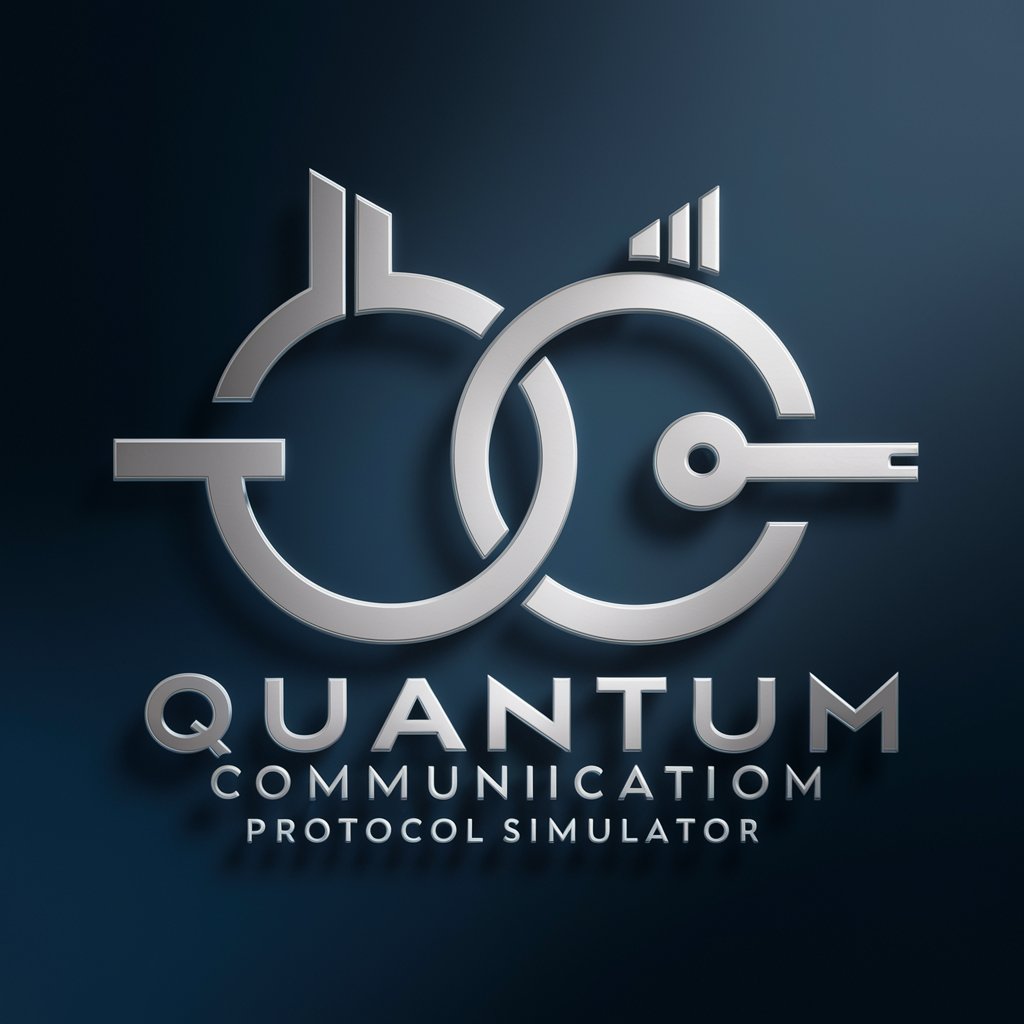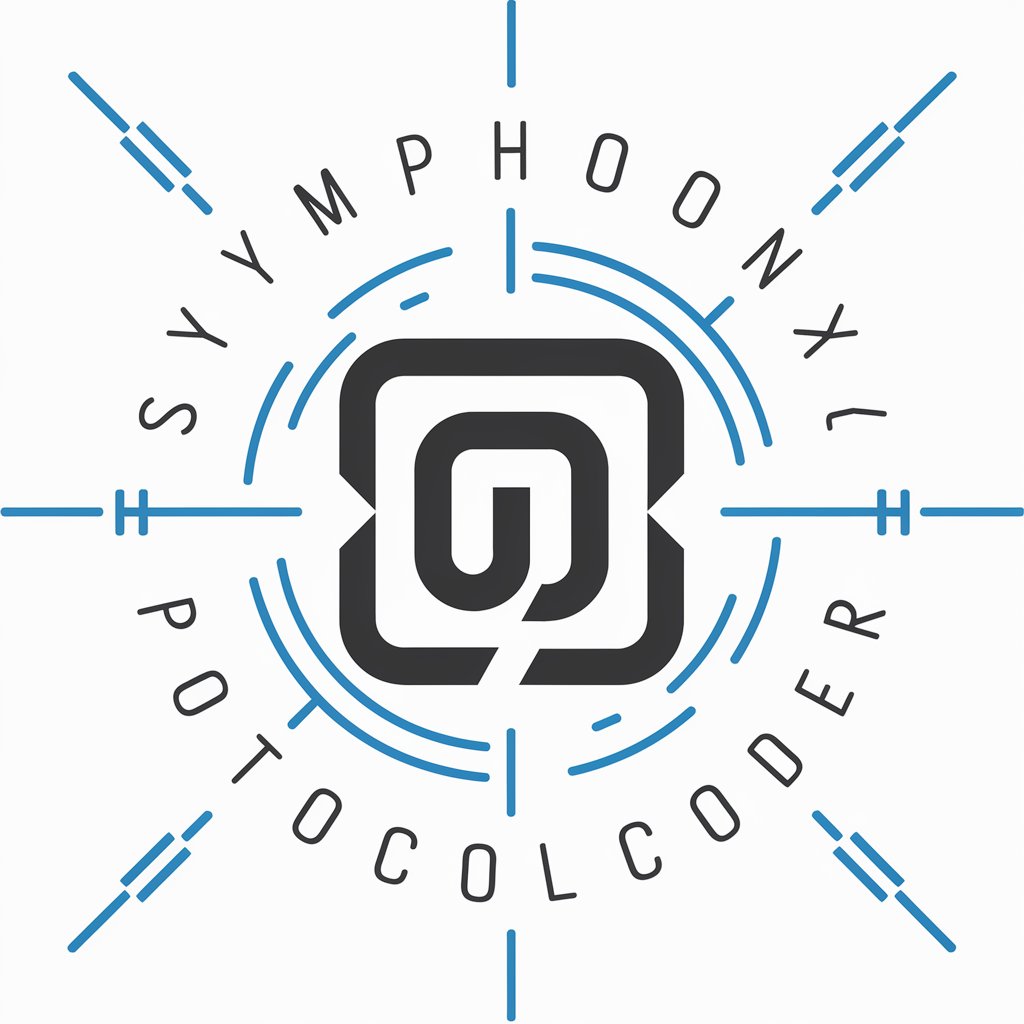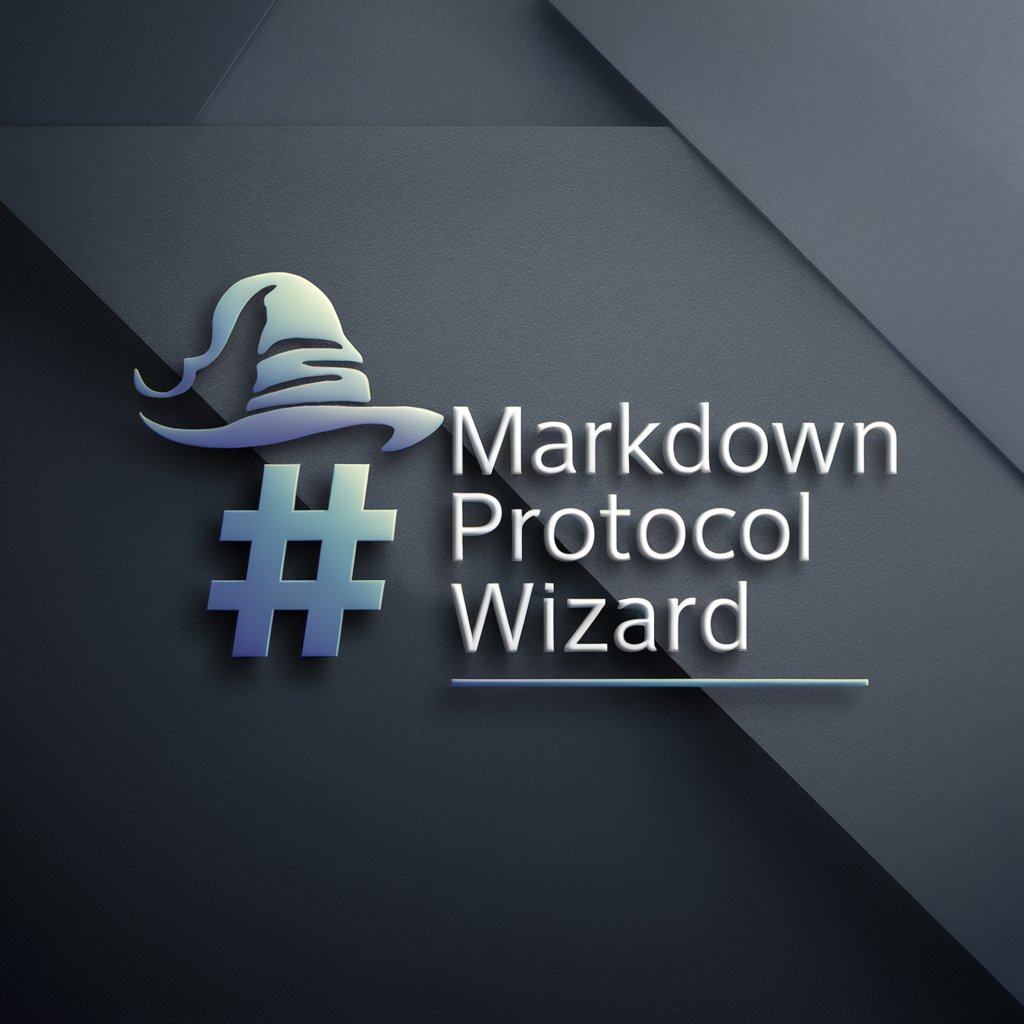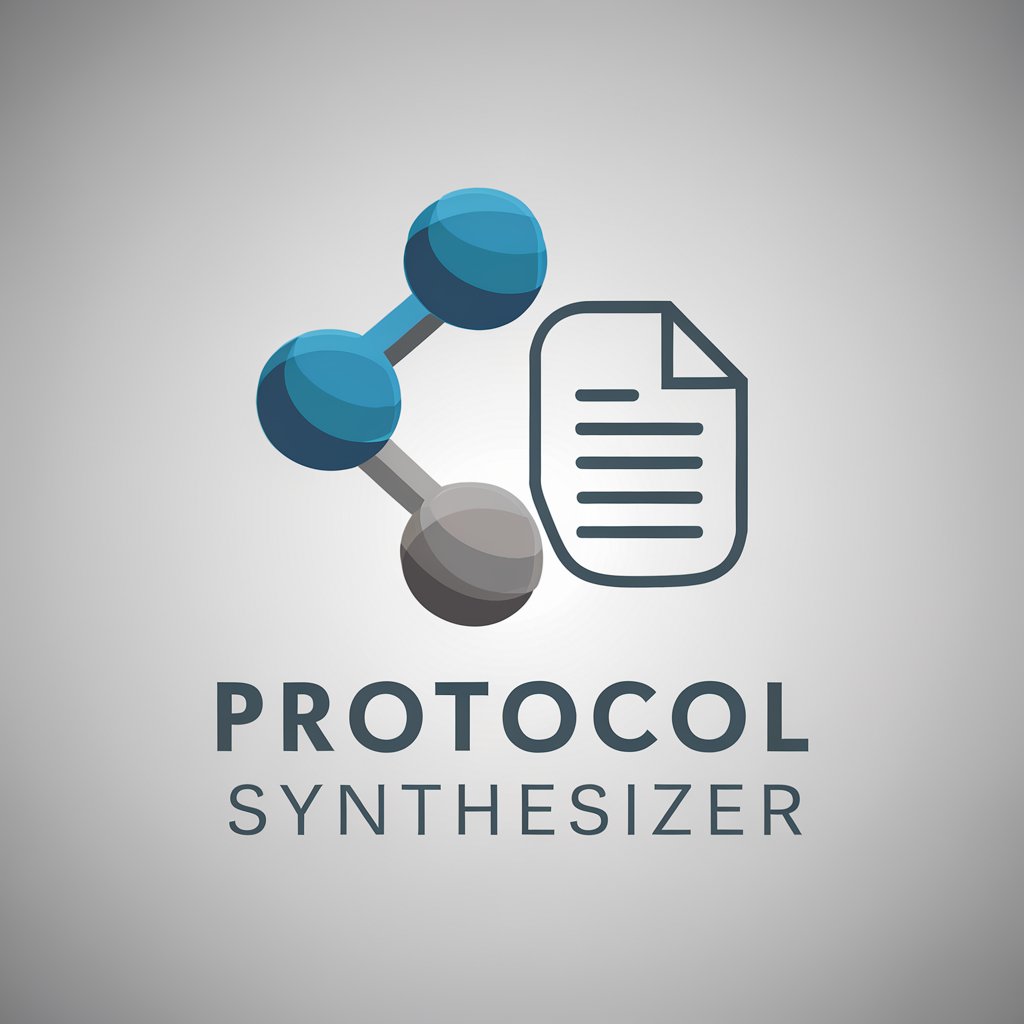Quantum Communication Protocol Simulator - Quantum Communication Simulations

Welcome to Quantum Communication Protocol Simulator, your guide to secure quantum systems.
Simulate Quantum Protocols with AI
Explain the fundamental principles of quantum communication.
How can quantum key distribution enhance security in communication systems?
Simulate the BB84 protocol for secure quantum communication.
Discuss the challenges and solutions in implementing quantum communication networks.
Get Embed Code
Quantum Communication Protocol Simulator: An Overview
The Quantum Communication Protocol Simulator is a sophisticated tool designed to simulate, analyze, and enhance quantum communication protocols. Its core purpose is to assist in understanding the complexities of quantum communication systems, facilitating the development of more secure and efficient quantum networks. Through a blend of quantum mechanics and information theory, this simulator provides a platform for exploring the potential of quantum entanglement, superposition, and quantum key distribution (QKD) in transmitting information across various channels. For example, it can simulate the behavior of photons in a quantum key distribution scenario, predicting how quantum cryptography can safeguard against eavesdropping and potential security breaches. Additionally, it aids in modeling quantum teleportation protocols, offering insights into the transfer of quantum information over non-classical channels without moving the physical particles themselves. Powered by ChatGPT-4o。

Core Functions of the Quantum Communication Protocol Simulator
Simulation of Quantum Key Distribution (QKD)
Example
BB84 protocol simulation for secure communication
Scenario
The simulator can model the BB84 protocol, where it analyzes the security and efficiency of quantum key exchange over potentially compromised channels. It helps in evaluating the quantum bit error rate (QBER) and the secure key rate, crucial for real-world implementations in secure communication networks.
Analysis of Quantum Entanglement in Communication
Example
Entanglement-based QKD systems like E91
Scenario
Through simulating entanglement-based protocols, such as the E91, the tool enables the study of entanglement's role in ensuring secure quantum communication. It assists in understanding the intricacies of entangled photon pair generation, distribution, and measurement, vital for satellite-based quantum communication projects.
Optimization of Quantum Channel Capacities
Example
Optimizing fiber-optic quantum channels
Scenario
It provides strategies for optimizing quantum channel capacities, particularly in fiber-optic networks, by simulating various environmental and technical noise factors. This function is critical for enhancing the reliability and range of quantum networks, promoting the expansion of quantum internet infrastructure.
Who Benefits from the Quantum Communication Protocol Simulator?
Quantum Researchers and Academics
This group benefits immensely from the simulator's ability to model and analyze complex quantum communication protocols. It enables them to test hypotheses, visualize quantum phenomena, and contribute to the body of knowledge in quantum mechanics and quantum information science.
Security Experts and Cryptographers
Professionals in cybersecurity and cryptography can leverage the simulator to design and evaluate quantum-resistant encryption methods. It helps them understand potential vulnerabilities in current systems and develop more secure communication frameworks against quantum computing threats.
Telecommunication Industry Professionals
With the advent of the quantum internet, telecom professionals use the simulator to explore and optimize quantum communication technologies. It aids them in planning and implementing quantum networks, ensuring compatibility with existing infrastructure and maximizing efficiency.

How to Use Quantum Communication Protocol Simulator
Initiate Trial
Navigate to yeschat.ai to start a complimentary trial, no signup or ChatGPT Plus subscription required.
Select Protocol
Choose the quantum communication protocol you wish to simulate from the available list. Consider your project's needs when selecting.
Configure Parameters
Adjust the simulation parameters according to your needs. This may include quantum bit error rates, distances, and other protocol-specific settings.
Run Simulation
Execute the simulation. Monitor the process for any errors or warnings that might indicate adjustments are needed.
Analyze Results
Review the output data and graphs. Utilize the analysis tools provided to interpret the results and make informed decisions about your quantum communication setup.
Try other advanced and practical GPTs
Symphony Protocol Coder
Effortless IR protocol encoding and decoding.

Blueprint Protocol
Empowering efficiency through AI

Interior Design Synthesist
Blending theory with aesthetics for transformative interior spaces.

GPT-R&D
Empowering research with AI precision

Personal Fitness Coach
AI-Powered Custom Fitness Plans

Science Synthesizer
Empowering scientific discovery with AI.

Electric Energy Protocol Assistant
Deciphering China's State Grid Protocols with AI

Markdown Protocol Wizard
Crafting Protocols with AI Precision

Protocol Synthesizer
Tailoring Experimental Protocols with AI

Raeklaw Protocol
Strategize with Stoic Wisdom.

Phoenix Protocol
Immerse in AI-Powered Espionage

Q Protocol Advisor
Expertise in Q Protocol Governance and Technology

FAQs on Quantum Communication Protocol Simulator
What is a Quantum Communication Protocol Simulator?
It's a tool designed to simulate and analyze quantum communication protocols, enabling researchers and engineers to model and optimize quantum networks and communication systems.
Can I simulate quantum key distribution (QKD) protocols?
Yes, the simulator supports various QKD protocols, including BB84 and E91, allowing users to model, simulate, and analyze the security and efficiency of quantum key distribution systems.
How accurate are the simulations?
The simulations are based on realistic quantum communication models and take into account various factors like quantum bit error rates and loss rates, providing highly accurate and reliable results.
Can the simulator model quantum repeaters?
Yes, it includes functionality to simulate quantum repeaters and other quantum network components, enabling complex quantum communication networks to be modeled and optimized.
Is there support for custom protocol simulation?
Absolutely. Users can define and simulate custom quantum communication protocols, offering flexibility to explore and optimize novel quantum communication strategies.
